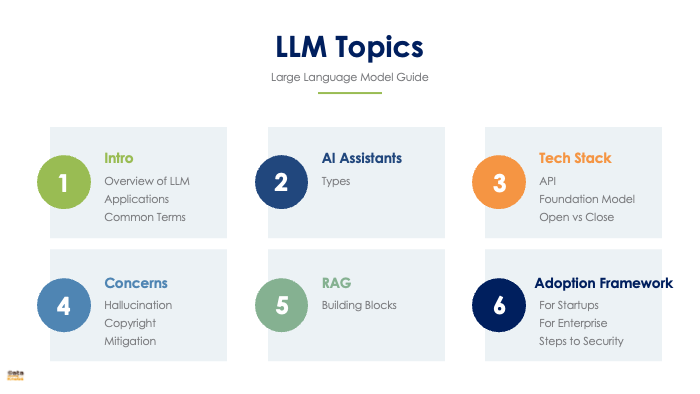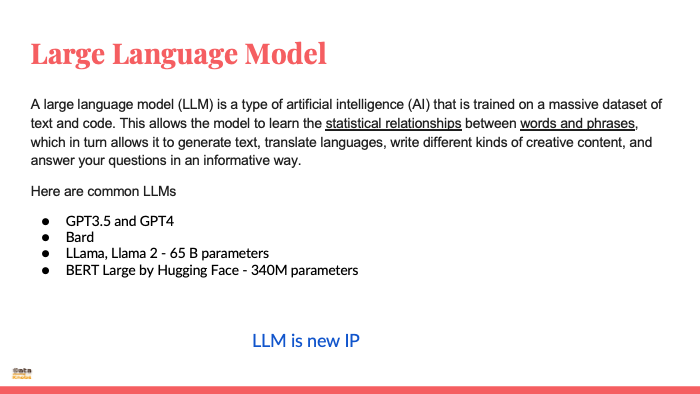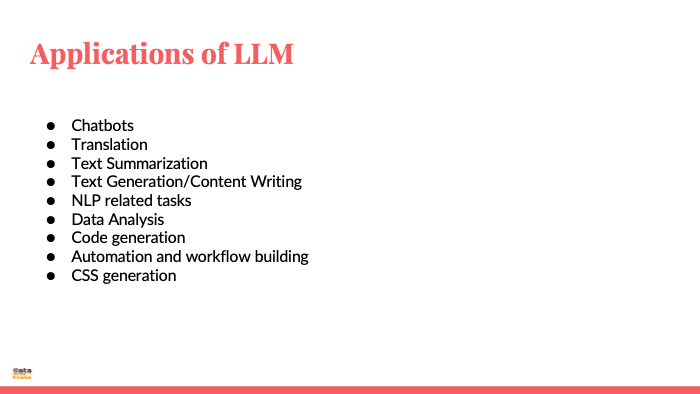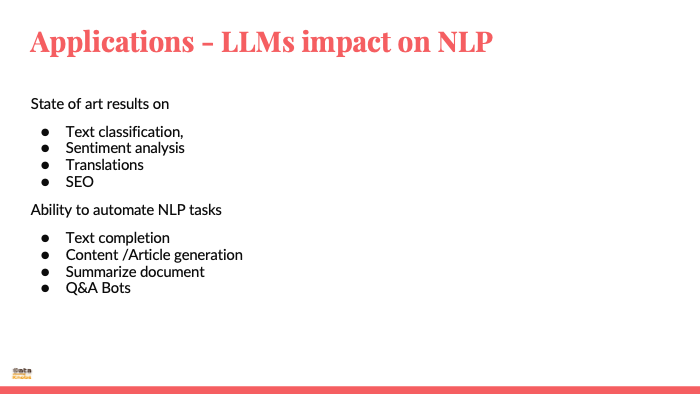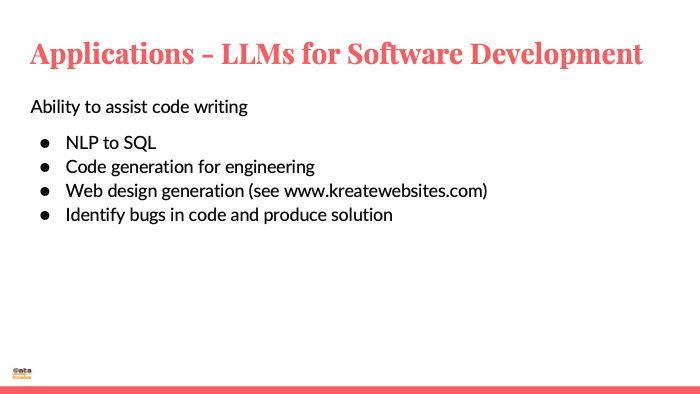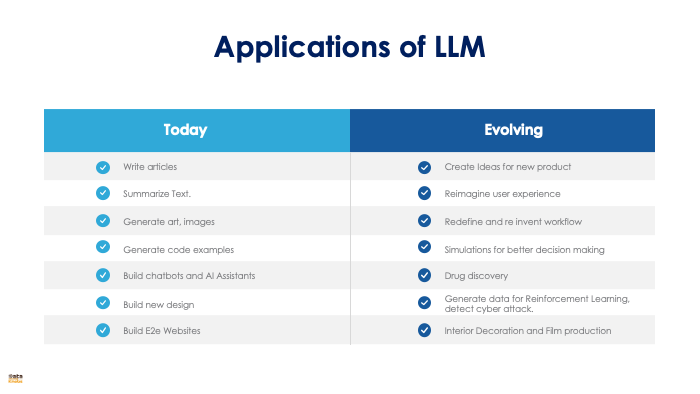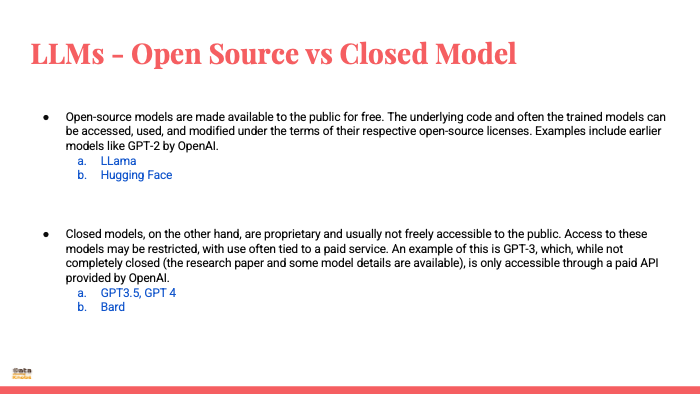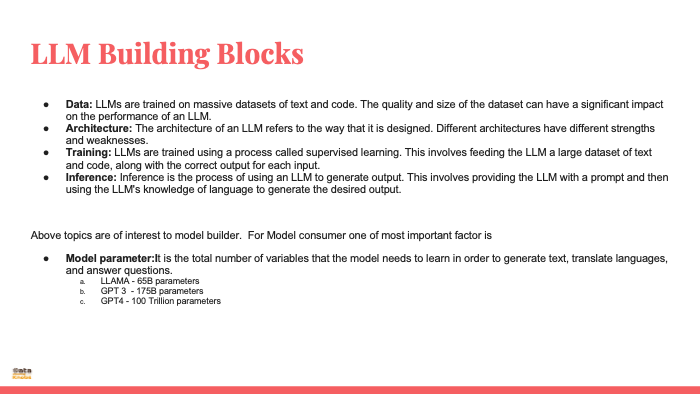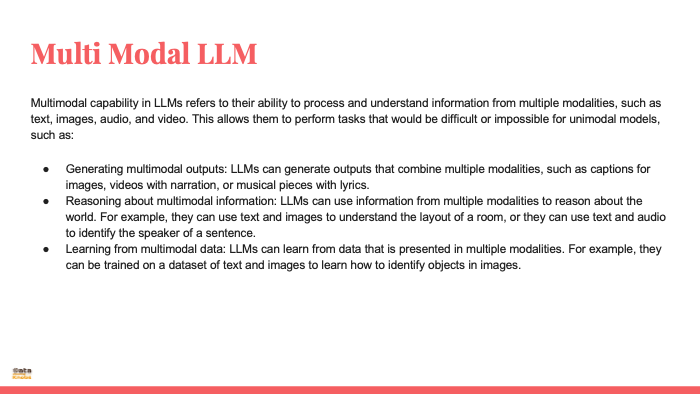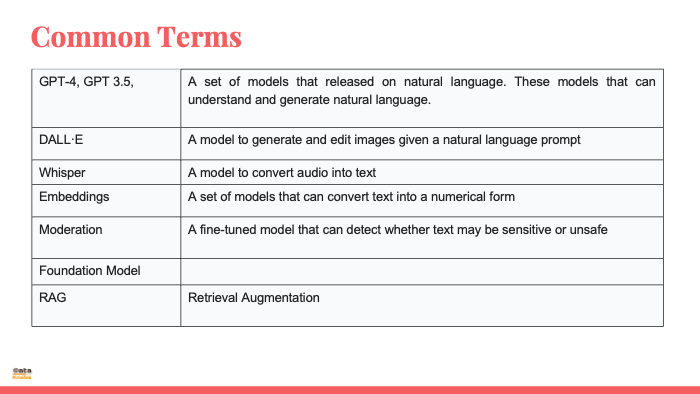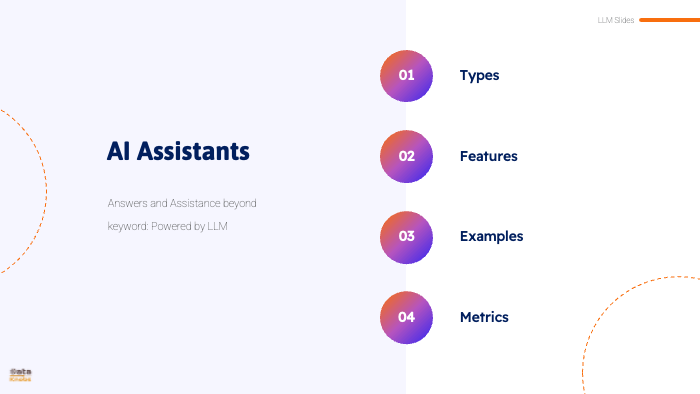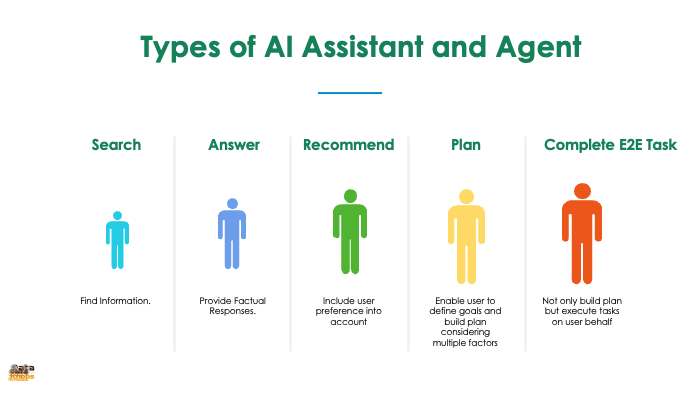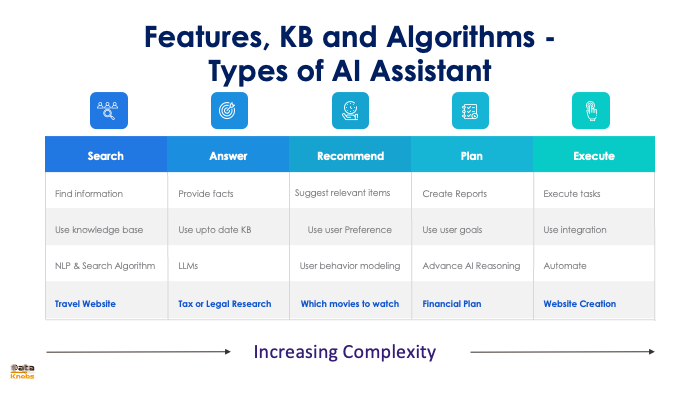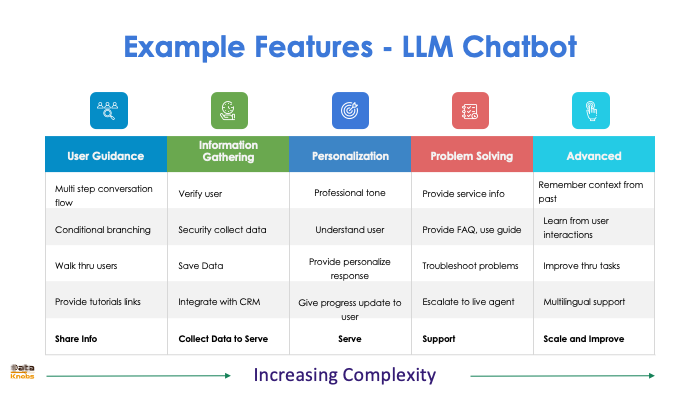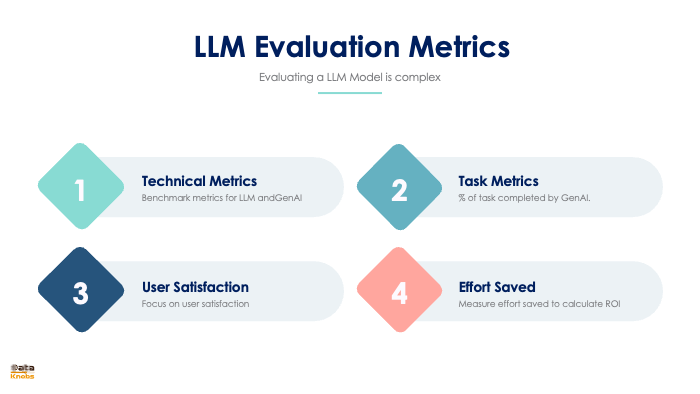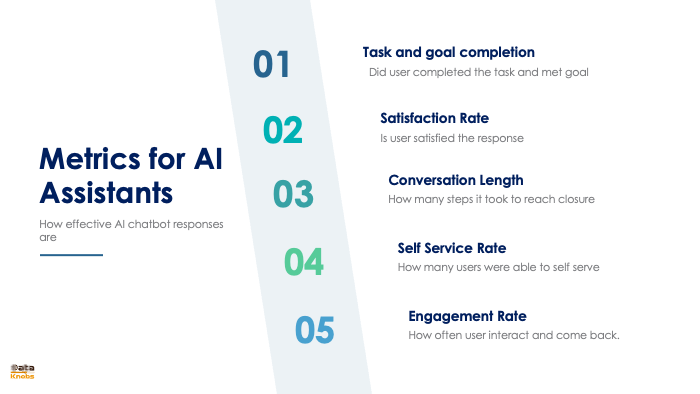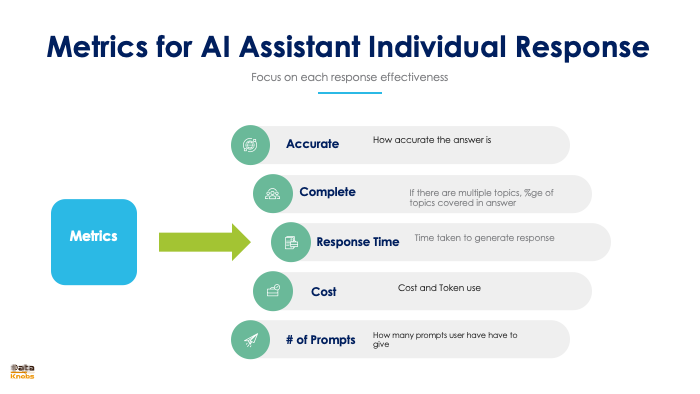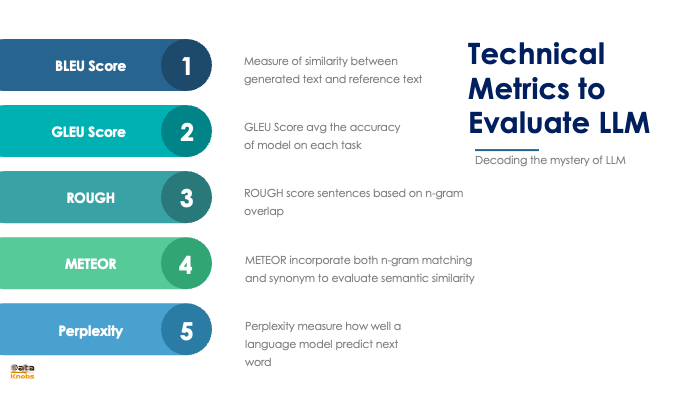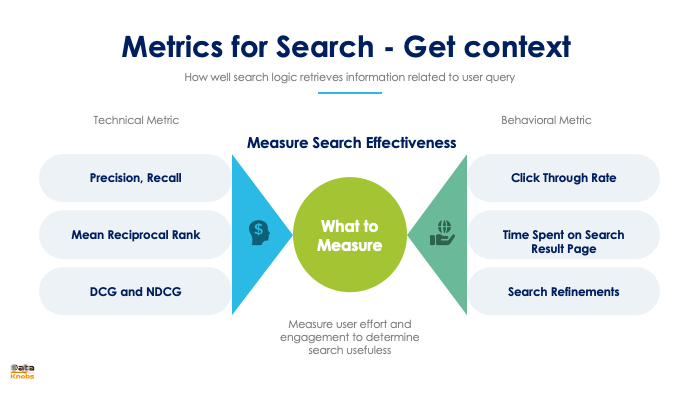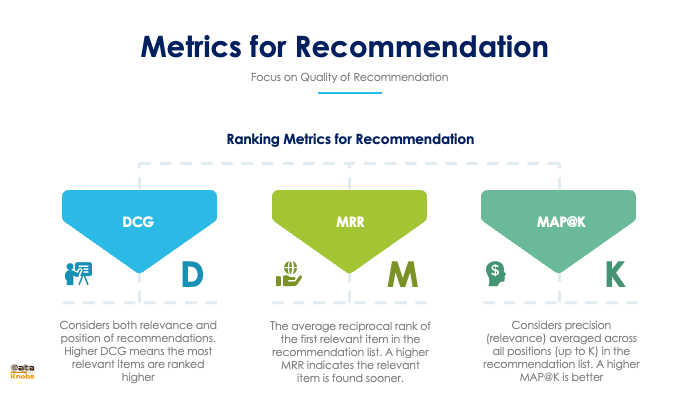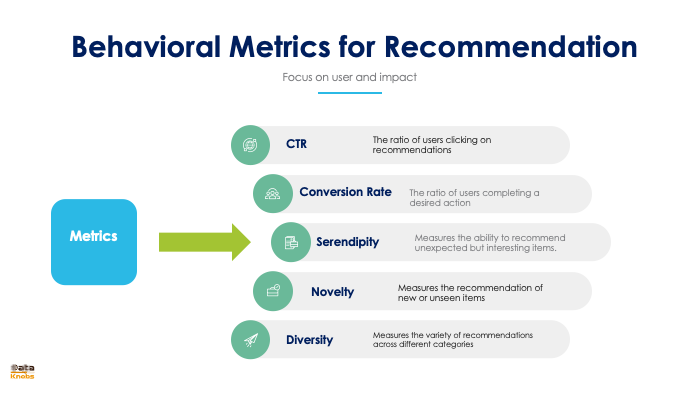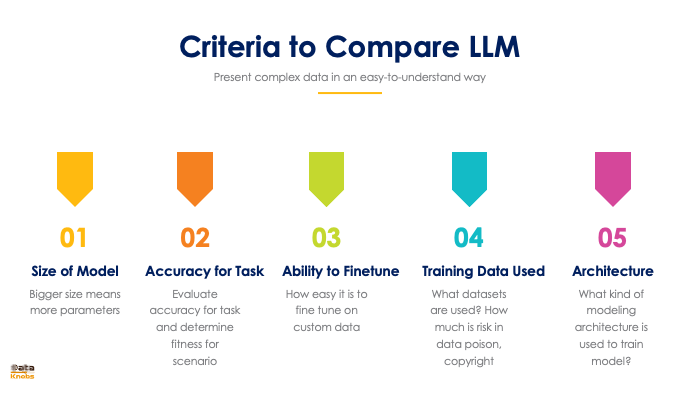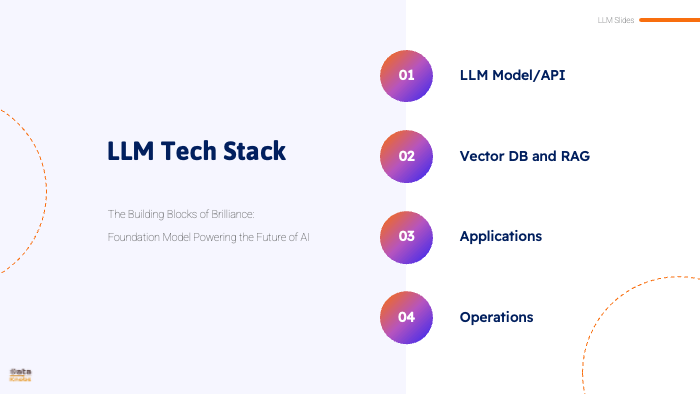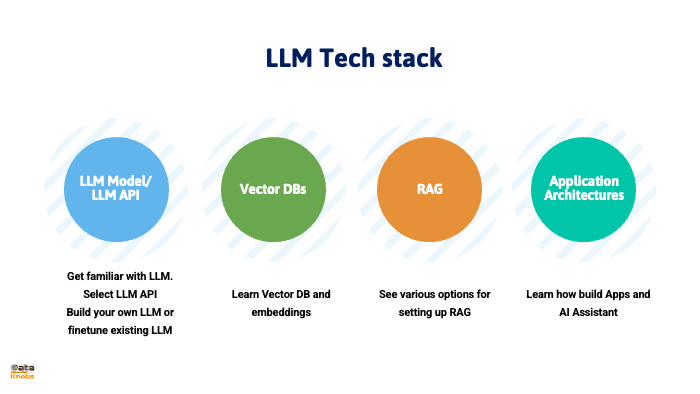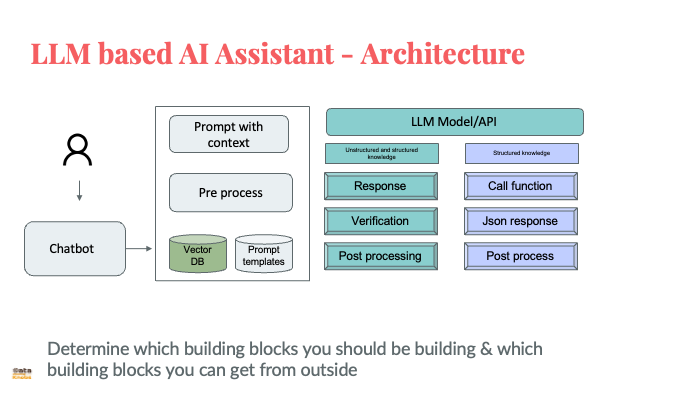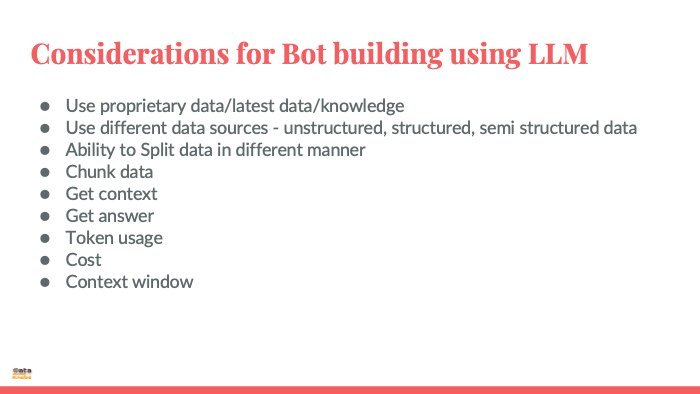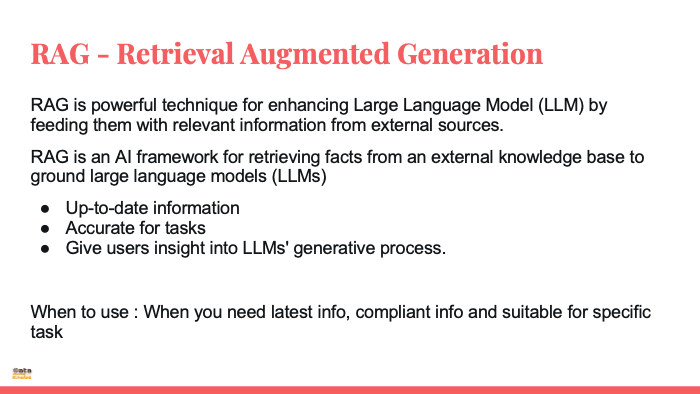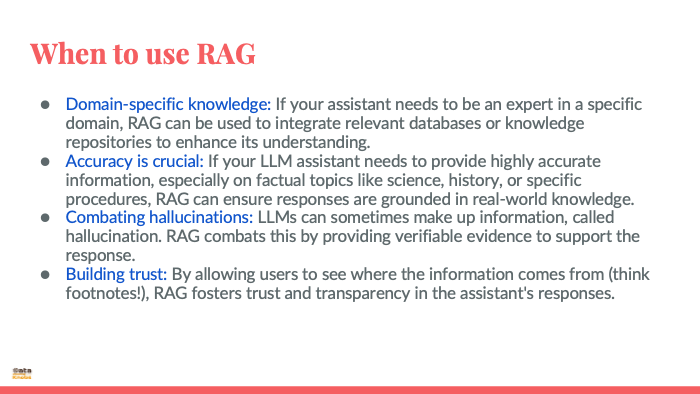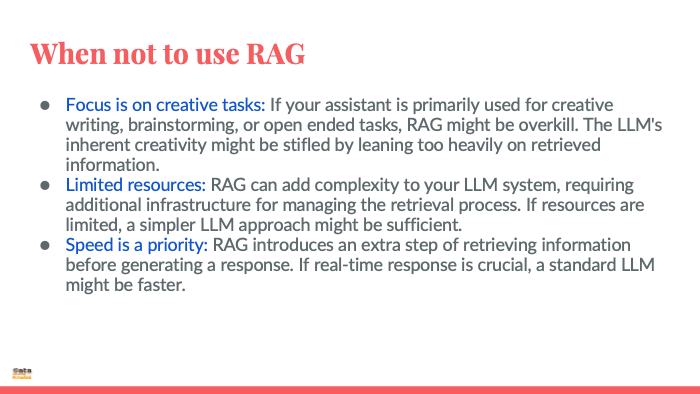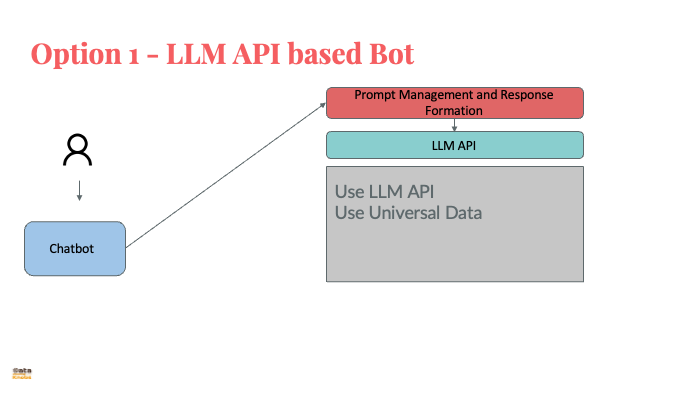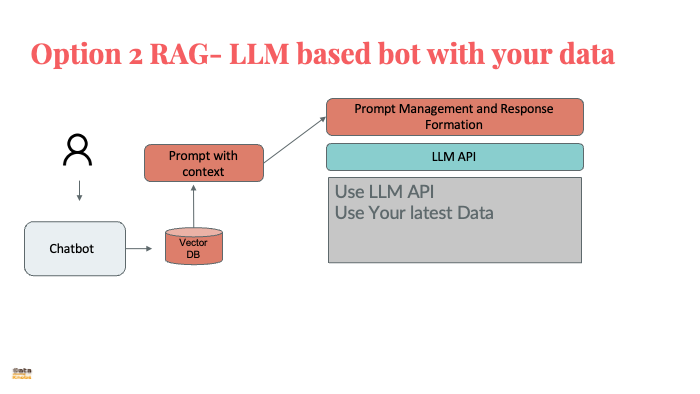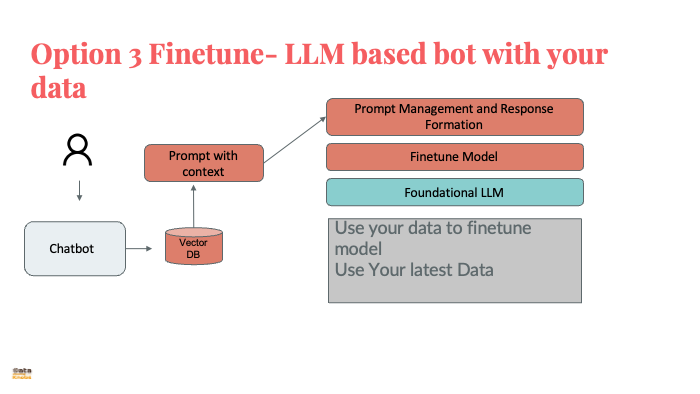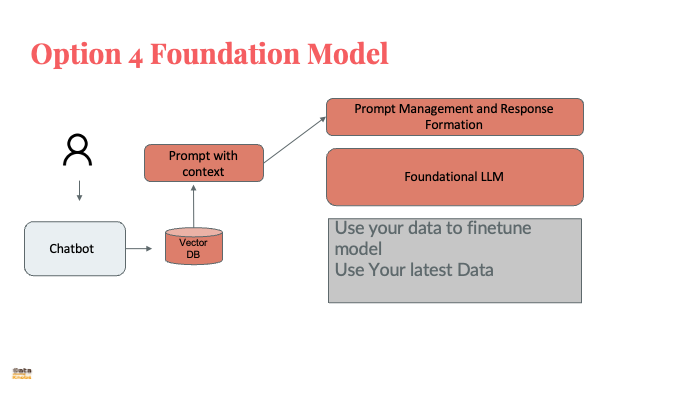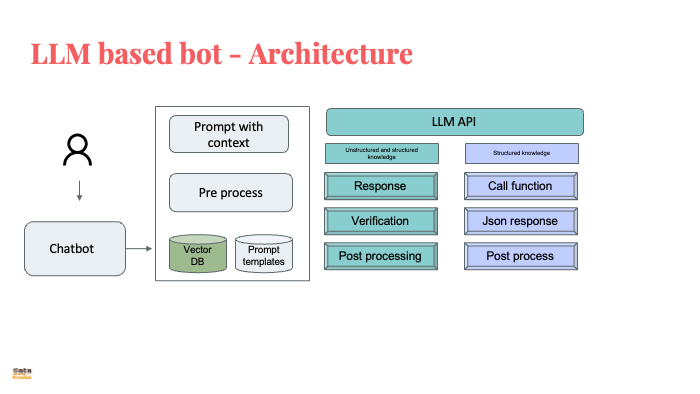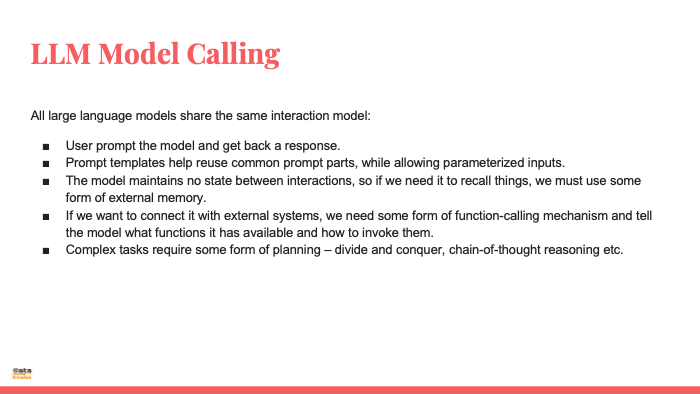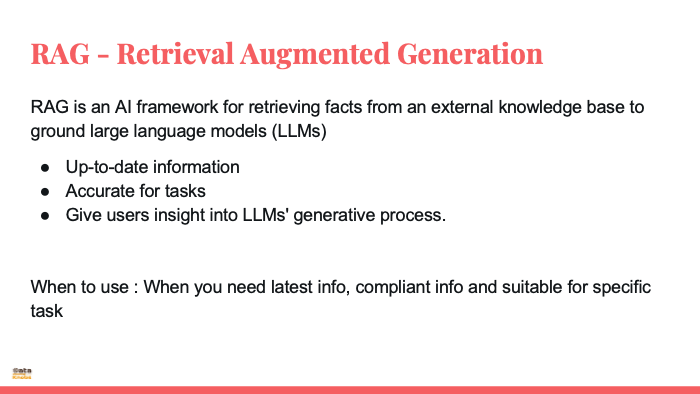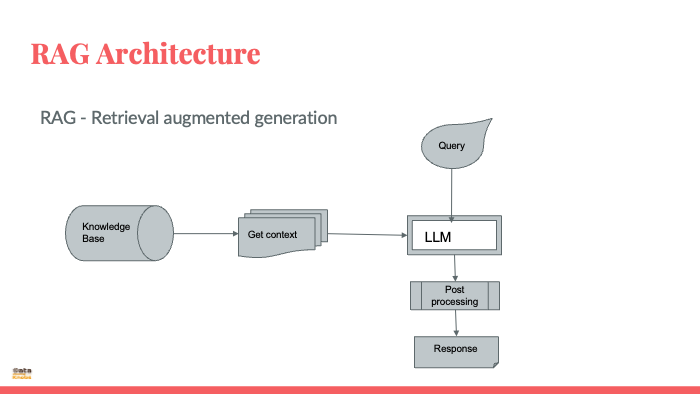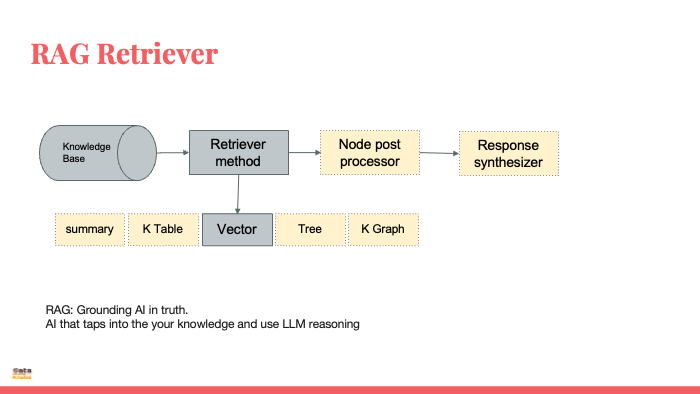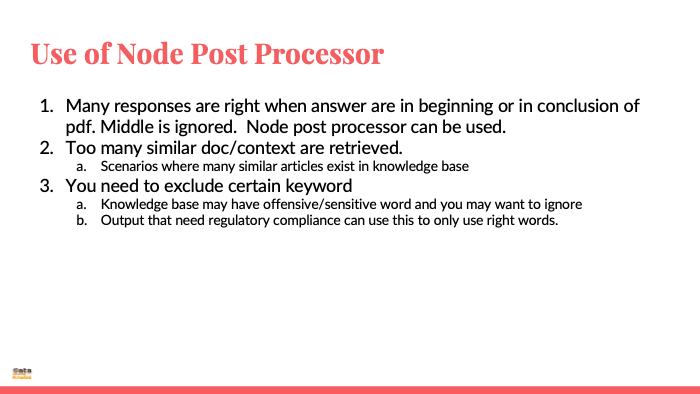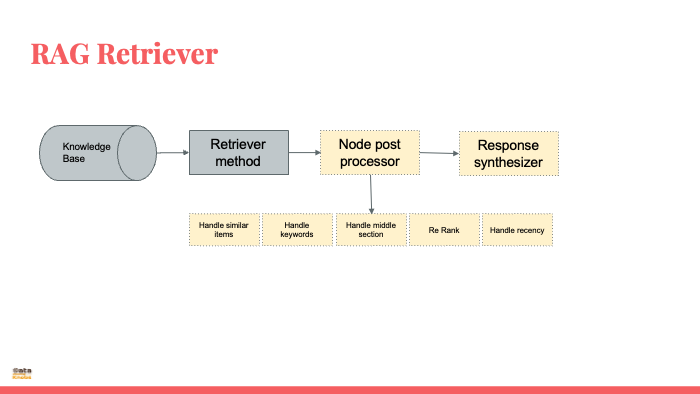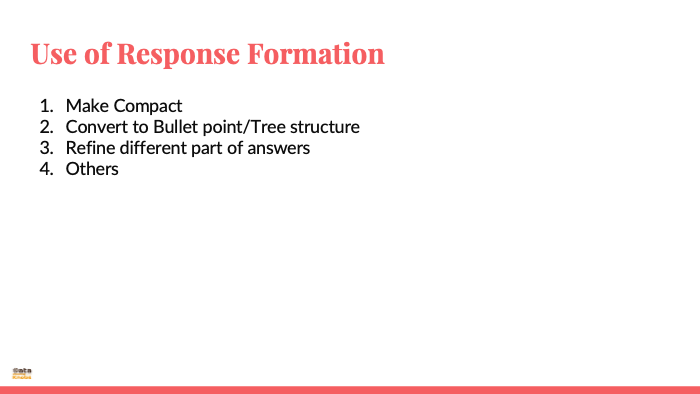LLMS Course | Architecture RAG Governance and All Other Topics
Large Language Models (LLMs)
LLMs are a type of artificial intelligence (AI) capable of processing and generating human-like text in response to a wide range of prompts and questions. Trained on massive datasets of text and code, they can perform various tasks such as:
Generating different creative text formats: poems, code, scripts, musical pieces, emails, letters, etc.
Answering open ended, challenging, or strange questions in an informative way: drawing on their internal knowledge and understanding of the world.
Translating languages: seamlessly converting text from one language to another.
Writing different kinds of creative content: stories, poems, scripts, musical pieces, etc., often indistinguishable from human-written content.
Retrieval Augmented Generation (RAG)
RAG is a novel approach that combines the strengths of LLMs with external knowledge sources. It works by:
Retrieval: When given a prompt, RAG searches through an external database of relevant documents to find information related to the query.
Augmentation: The retrieved information is then used to enrich the context provided to the LLM. This can be done by incorporating facts, examples, or arguments into the prompt.
Generation: Finally, the LLM uses the enhanced context to generate a response that is grounded in factual information and tailored to the specific query.
RAG offers several advantages over traditional LLM approaches:
Improved factual accuracy: By anchoring responses in real-world data, RAG reduces the risk of generating false or misleading information.
Greater adaptability: As external knowledge sources are updated, RAG can access the latest information, making it more adaptable to changing circumstances.
Transparency: RAG facilitates a clear understanding of the sources used to generate responses, fostering trust and accountability.
However, RAG also has its challenges:
Data quality: The accuracy and relevance of RAG's outputs depend heavily on the quality of the external knowledge sources.
Retrieval efficiency: Finding the most relevant information from a large database can be computationally expensive.
Integration complexity: Combining two different systems (retrieval and generation) introduces additional complexity in terms of design and implementation.
Prompt Engineering
Prompt engineering is a crucial technique for guiding LLMs towards generating desired outputs. It involves crafting prompts that:
Clearly define the task: Specify what the LLM should do with the provided information.
Provide context: Give the LLM enough background knowledge to understand the prompt and generate an appropriate response.
Use appropriate language: Frame the prompt in a way that aligns with the LLM's capabilities and training data.
Advantage of using RAGBetter Accuracy: If factual correctness is crucial, RAG can be fantastic. It retrieves information from external sources, allowing the AI assistant to double-check its responses and provide well-sourced answers. Domain Knowledge: Imagine an AI assistant for medical diagnosis or legal or up to date tax laws. RAG can access medical databases to enhance its responses and ensure they align with established medical knowledge. Reduce Hallucination: LLMs can sometimes fabricate information, a phenomenon called hallucination in which they make up things. RAG mitigates this risk by grounding the response in retrieved data. Building Trust: By citing sources, RAG fosters trust with users. Users can verify the information and see the reasoning behind the response. Disadvantages of using RAGSpeed is Crucial: RAG involves retrieving information, which can add a slight delay to the response. If real-time response is essential, a pre-trained LLM might be sufficient. Limited Context: RAG works best when the user's query and context are clear. If the conversation is ambiguous, retrieved information might not be relevant. Privacy Concerns: If the AI assistant deals with sensitive user data, RAG might raise privacy concerns. External retrievals could potentially expose user information. |
|
|
Course-of-llm

